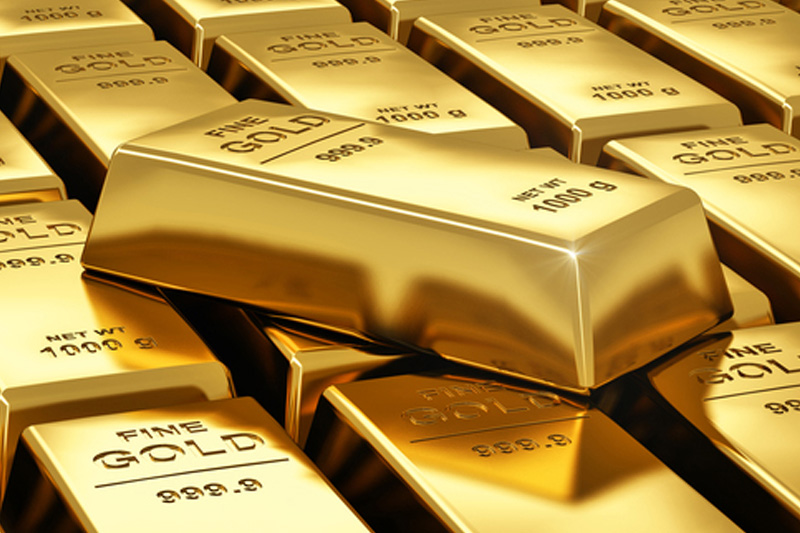By Barani Krishnan
Investing.com -- To the active commodities investor, the past fortnight on the gold market could be described as anything but active. To borrow that old cliche, it was probably as exciting as watching paint dry.
In Wednesday’s trade, front-month gold futures for August on New York’s Comex settled down $3.70, or 0.2%, at $1,817.50 an ounce after being caught again in the Fed rate hike-inflation crossfire. It was virtually a replay of Tuesday, when the price dropped $3.60.
To the gold bug, however, the pedestrian moves within a $20 band since the close of June 17 was testimony of the yellow metal’s inherent strength in facing up to relentless rate hike talks by the Federal Reserve.
To bears looking to short gold, the action of the past fortnight shows its struggle in getting past $1,850 and shows promise to their aim of hammering it back down to $1,700 levels.
“Gold is still stuck in a wide trading range, but a collapse below the $1800 seems less likely as the dollar peak might be in place,” said Ed Moya, markets analyst at online trading platform OANDA.
But Moya’s colleague Jeffrey Halley, who oversees Asia Pacific research for OANDA, has a different outlook for gold.
“Gold remains the forgotten asset class,” Halley opined. “A series of lower daily highs suggests that downside risks are increasing for gold prices, although it still lacks momentum to break out of the $1800 to $1900.00 range. Bring a good book until we see a large directional move by the U.S. dollar.”
The question of how gold will react to inflation has been a conundrum for investors ever since it rose to record highs above $2,100 in August 2020, then collapsed to $1,600 levels at one point before recapturing the $2,000 level earlier this year, albeit briefly. Despite its much-touted standing as a hedge against inflation, gold’s relationship with price pressures has barely been constant the past two years.
U.S. inflation, on the other end, has consistently risen the past nine months while the nation’s economy has been constantly under threat.
Latest data from the Commerce Department on Wednesday showed that U.S. Gross Domestic Product contracted by 1.6% for the first quarter versus the 6.9% growth in the fourth quarter of last year. The department issues three GDP readings for each quarter. What was interesting about the first quarter was that each of the last two estimates came in a percentage point lower than previously.
The GDP reading reinforced market expectations that the United States was headed for a recession. With the 1.6% contraction in the first quarter, the economy will technically slip into a recession if it does not return to positive growth by the end of the second quarter, which ends Thursday.
Federal Reserve Chair Jerome Powell, meanwhile, told a European Central Bank event live-streamed from Portugal that the Fed was running against the clock to beat inflation. The central bank had no choice but to keep raising interest rates to achieve this, although there is no guarantee that it can provide a soft landing for the economy, Powell said.
“Is there a risk we would go too far [with rate hikes]?” Powell said. “Certainly there’s a risk. The bigger mistake to make —let’s put it that way — would be to fail to restore price stability.”
Many economists say the Fed left “rates too low for too long” and its catch-up now could unravel the recovery made since last year from the coronavirus pandemic. The Fed kept rates at between zero and 0.25% for two years during the pandemic, and only raised them this year in March. It has since brought key lending rates to between 1.5% and 1.75%. The central bank has said it will continue with rate hikes until inflation, running at 40-year highs of more than 8% per annum, returns to its target of 2% per year.
Such a rate hike environment can hardly be too good for gold.
